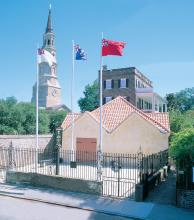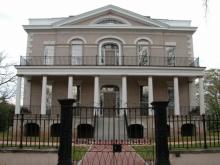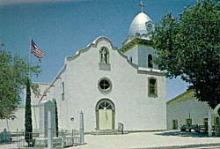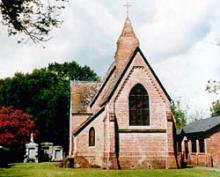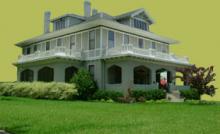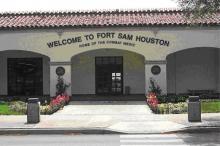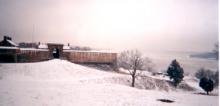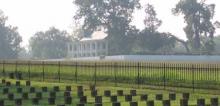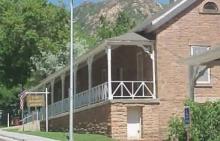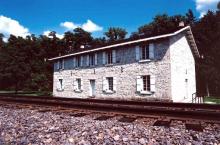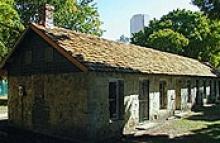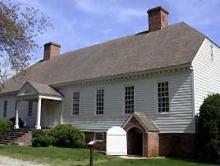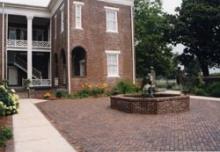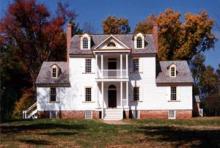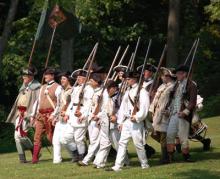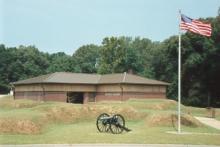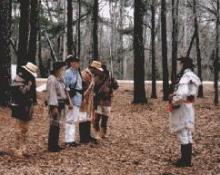Elizabeth Van Tassel House
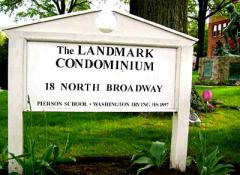
There is no way around this, so we may as well be frank: the location of the Van Tassel homestead in The Legend of Sleepy Hollow is a sticky proposition. Van Tassels had long populated the area by the time Washington Irving wrote The Legend, so there is reasonable latitude in which to speculate whom, if any, may have been the models for Baltus Van Tassel and his coquettish daughter Katrina. Historian Edgar Mayhew Bacon, in his 1898 book Chronicles of Tarrytown and Sleepy Hollow (Bacon was also prescient; it would be another 98 years before the village of North Tarrytown changed its name to Sleepy Hollow), attaches Katrina Van Tassel to the Elizabeth Van Tassel house, a tavern before and during the Revolutionary War. Bacon notes that Irving was a frequent visitor at this old house "especially during the time that his [Irving's] sister boarded there with the Mott family." In their 1975 History of the Tarrytowns, Jeff Canning and Wally Buxton concur, adding that the house was part of the 165 acre John Van Tassel farm. The former Elizabeth Van Tassel house was located at what is now the northeast corner of Hamilton Place and North Broadway in Tarrytown. The Landmark Condominium building presently on the site was formerly the Frank R. Pierson School (ca. 1897), which itself was formerly the Washington Irving High School until the 1920s when the school district build a new Washington Irving High School at the corner of Franklin Street and South Broadway in Tarrytown.
Others place the setting of the Van Tassel homestead as far south as Irving's own home, Sunnyside. These likely derive their geography from Irving's sketch Wolfert's Roost in which the author resurrected his pen name of Geoffrey Crayon, used for fiction like The Legend of Sleepy Hollow, and the fictitious "historian" Diedrich Knickerbocker for one more tongue-in-cheek, irreverent episode in the history of the former Dutch colony of New Netherlands. In Wolfert's Roost Irving invents a mock-epic history for his own home, attaching it to his own The Legend of Sleepy Hollow as well as to a comic incident during the Revolutionary War. Irving would likely be amused that this tall tale still has a life of its own after 150 years. (from website)




